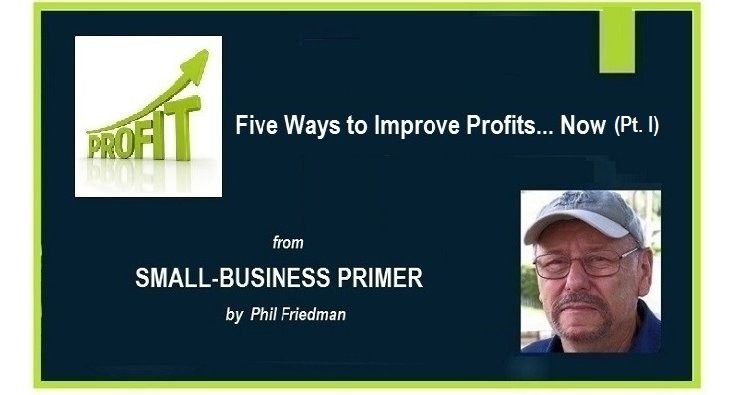Non-Legal Fine Points of Yacht New-Build and Refit Contracts - VI

TO IGNORE EMERGENT WORK AND CHANGE ORDERS IS TO LEAVE A HOLE IN A YACHT BUILD CONTRACT BIG ENOUGH TO DRIVE A SUPERYACHT THROUGH…
So you think you have a contract pretty well defined. You’ve defined the scope of work. You’ve agreed upon and set the project schedule. You’ve determined and contracted a price for the work, and designated schedule milestones. In other words, you’ve got it all covered, right?
No, you're not covered, if you haven’t dealt contractually with emergent work and change orders.
A change order, which is really a modification to an existing contract, becomes necessary when a customer wants a change to, or deviation from the originally agreed upon scope of work, or to the originally agreed upon specification. Change orders become an issue, particularly when you are dealing with a firm fixed price contract, since such
contracted pricing applies only to the already agreed upon scope of work and the contracted specification.
Emergent work generally crops up during major refits. It is comprised of necessary or desired work that comes to light after the originally contracted work begins. In almost all cases, emergent work entails dealing with issues not visible or perceived prior to starting the project. Emergent work always occasions a change order.
A well-known maxim in the residential and commercial construction sectors is, “Low ball ‘em on the price, then kill ‘em on the change orders..."
This represents a strategy to attract a buyer with an initially very competitive price, then look to rebuild profit by charging at a premium for additions and changes, at a time when it is not practical for the buyer to change vendors.
Among the key questions to settle before signing a contract are:
- Under what circumstances must the shipyard accept a buyer’s/owner’s request for a change order, and under what circumstances may the shipyard reject such request for a change order?
- How will pricing for a change order be determined, and what will be the process for adjudicating a dispute over such pricing?
- How will change orders be integrated into the originally agreed upon work schedule, and how will they affect any projected or agreed upon in-process milestones or completion date(s)?
Even if these questions are settled and provided for in the original contract, emergent work and change orders invariably put the buyer/owner at a disadvantage...
When the original contract and price are negotiated, a shipyard is generally at a competitive disadvantage. That is, the shipyard is (or could be) competitively bidding against another yard or yards. So, the pressure is on the shipyard to price as low as it can without going upside down, in order to assure it gets the work.
However, once a new build or major refit project has begun, it is not generally practical, cost-wise or otherwise, to be move the job to another shipyard. So. the competitive incentive for the yard to keep its pricing on change orders as lean as for the original scope of work, is lost.
As a result, the cost of emergent work and change orders can, at times, mount up sufficiently to rival that of the originally contracted price...
The only way to avoid this is to minimize, to as great a degree as possible, emergent work and change orders. And in cases where that is not possible, to have procedures clearly defined in the original contract to govern the pricing and scheduling of such additional work, when such arise in the course of a project.
The next installment of this series speaks to contractually structuring safeguards concerning emergent work and change orders that arise during the course of a new build or major refit project. — Phil Friedman
Author's Notes: The information, opinions, tips and comments here are based on my 30 some years in the yachting industry, including my several year stint as president and CEO of a major, world-class megayacht builder.
If you find yachts and yacht building of interest, you may want to read some of my other marine industry related articles:
"Sizing Generators to Run Greener and Cleaner"
"App or Not, Garbage In Means Garbage Out"
"Financial Protections for New-Build Yacht Buyers"
And if you'd like to receive further installments of this ongoing series, or regular noticiations of my other writings on a regular basis, click the [FOLLOW] button on my beBee profile. As a writer-friend of mine says, you can always change your mind later.
Feel free to "like" and "share" this post and my other LinkedIn articles — whether on LinkedIn, Twitter, Facebook, or Google+. I ask only that you credit me properly as the author, and include a live link to the original work.
If you are interested in yachts, are allied with the yacht building industry, or operating a small business in another sector, you should consider joining my beBee Hive,
THE PORT ROYAL GROUP for Yacht Builders, Buyers and Owners,
where you will find experienced industry professionals discussing a wide range of topics. The ongoing conversation is always interesting, informative, and 100% industry insider.
About me, Phil Friedman: With 30 some years background in the marine industry, I've worn numerous hats — as a yacht designer, boat builder, marine operations and business manager, marine industry consultant, marine marketing and communications specialist, yachting magazine writer and editor, yacht surveyor, and marine industry educator. I am also trained and experienced in interest-based negotiation and mediation, and am currently supervising, as owner's representative, a new yacht build in Taiwan. In a previous life, I taught logic and philosophy at university.

To schedule an appointment for a free 1/2-hour consult email: info@learn2engage.org.
Text Copyright © 2016 by Phil Friedman — All Rights Reserved
Images: Courtesy of Port Royal Group LLC and Phil Friedman
Articles from Phil Friedman
View blog
GETTING OUT ON THE WATER IN YACHTS LIKE THE RIVIERA BELIZE 54 IS A TOUGH, GRUELING JOB... BUT SOMEON ...

MAKE NO MISTAKE: TRADING IN CRYPTO-CURRENCIES IS A ZERO-SUM GAME... · The number of cryptocurrencies ...

PRACTICAL STEPS FOR HIGHER GROSS PROFIT WITHOUT ADDED OVERHEADS... · Preface: · This is the first in ...
Related professionals
You may be interested in these jobs
-
General Sales Manager
Found in: Talent US C2 - 2 days ago
Salem Media Group, Inc Fremont, United States Full timeOverview · Salem Media Group, San Francisco is looking for an enthusiastic and outgoing General Sales Manager to lead our sales team. · Live in one of America's most beautiful regions, the Bay Area · Responsibilities · This position will maintain and grow the sales team whi ...
-
Psychiatry
Found in: Lensa US P 2 C2 - 6 days ago
Weatherby Healthcare Holyoke, United StatesPsychiatry physician employment in Massachusetts : Weatherby Healthcare is currently seeking a Psychiatry Physician in MAEnjoy the locum tenens lifestyle knowing Weatherby is here to support you every step of the way. Call and speak to one of our consultants today for available d ...
-

Therapist (Occupational, Physical, Mental Health)
Found in: Lensa US P 2 C2 - 1 week ago
Talent Huber Denver, United StatesAbout the job Therapist (Occupational, Physical, Mental Health) · Welcome to Talent Huber - Your Catalyst for Career TransformationTalent Huber is not just a platform; it's a game-changer in the world of career and talent enhancement. We're here to redefine your professional jou ...



Comments
Javier Cámara-Rica 🐝🇪🇸
7 years ago #3
Phil Friedman
7 years ago #2
You are, of course, correct, Ken Boddie. It is always better to have procedures for in-process modifications to the SOW and contracted specification, than to trust to on-the-fly negotiations at the time such issues arise. For if these questions are left until "later", the inevitable result is a leverage-based shoot-out. Thanks for reading and commenting. Cheers!
Ken Boddie
7 years ago #1